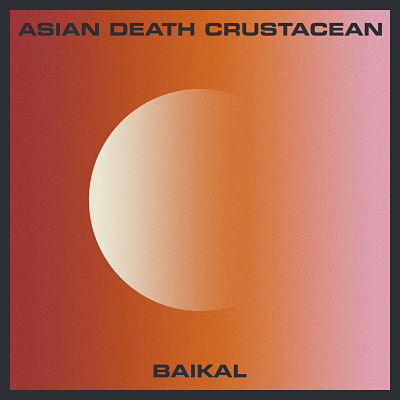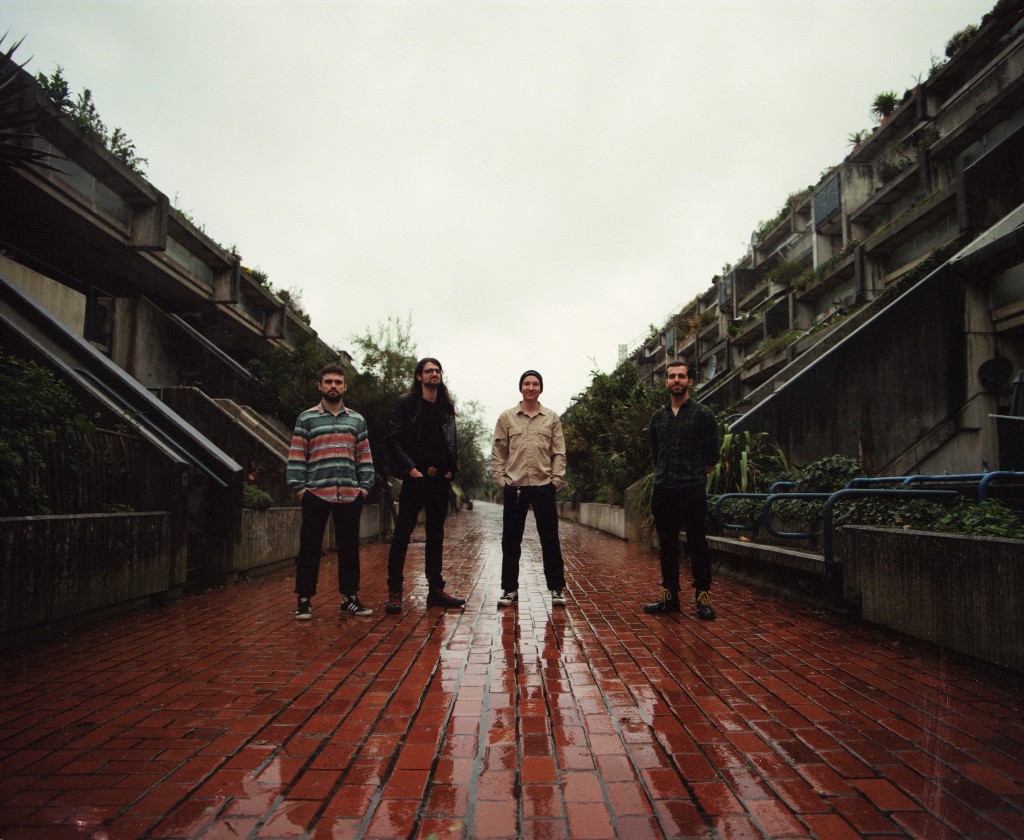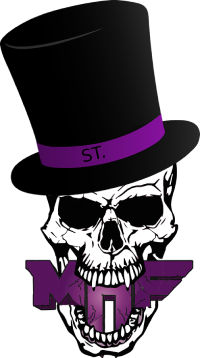Welcome to MHF, Asian Death Crustacean. We have a lot of questions and we know you have a lot of answers so let’s get to it!
If you had to describe Baikal’s distinct character in just three words which would you pick?
Metamorphosis, evolution, spontaneity
The album was recorded in Stockholm. Why Stockholm?
In thinking about what style of mix we wanted to go for with Baikal, we thought that a sound similar to Jens Bogren’s work on albums like ‘Watershed’ by Opeth would work really well for the record, particularly because of the combination of clean and heavy elements in Baikal. He and David Castillo (Leprous, Bloodbath) really got the balance we were after between having a more organic sound free of (for instance) Axe-FX and drum triggers while maintaining clarity in the mix, giving the heavier parts lots of weight but keeping the melodic elements clear and bright. It was a natural choice to work with them on the record and they were really helpful in guiding the important choices in the final stages of recording and mixing.
This piece of work you created is incredibly flowy. I mean, each sound leads to the next seamlessly, it’s like a whole range of emotions unfolding from within each other. How did you achieve that?
Thanks! While composing Baikal we thought a lot about the progression of ideas and the bigger patterns that they’re making, trying to give the flow of the pieces a sense of spontaneity while also having a coherent ‘narrative’, even if in an abstract sense. Giving the compositions the breathing room of a long process of refinement definitely helped a lot, as well as being open to revisiting parts which at one point we thought were finished. In general, we didn’t apply a blueprint over the top of each piece and try to fit the ideas into a structure, whether a traditional verse-chorus one or not, but tried to let the ideas play out and go where they needed to.
Besides the flowy sounds that lead to crushing heaviness, there’s also a lot of hidden symbolism reflected in the artwork of the album as well. Some may see a fading orange dot. You, on the other hand, see the motif of a sun, meant to capture the inseparable duality of genesis and destruction on an all-engulfing scale. Ok, we are intrigued and we want to hear all about this thought process of yours.

Following the recording process, when we were considering what style of artwork would suit the album, we were drawn towards a cleaner, more ‘symbolic’ direction, rather than using a photograph or a drawing/painting of a specific object or scene. We also wanted to reflect the character of the music in having vibrant, colourful art, rather than a sombre dark palette. The artwork is intentionally open to interpretation, just like the album name and instrumental music itself in general, so it’s great that you see different things in it to us. We see the theme of the relationship of opposites/opposing sides of a single whole appearing in various ways throughout the album, and the sun has duality as creator and destroyer as you say. On a more directly visual level, we like how the album art turned out to have both calmness and intensity which goes along with the different moods of the album.

Is it true that you used echo machines that were actually used on a number of early Pink Floyd and Led Zeppelin tracks? Who came up with that?
The middle of part V of the record has the record come closest to a ‘classic’ prog atmosphere, and we used vintage amps as well as analogue effects, including a Binson Echorec 2, to lean into that mood. These weren’t the same individual machines used on those records but were vintage machines from the same manufacturer. We also used a Watkins Copicat tape echo, and having to gently hold the tape loop in place while it was spinning around was definitely one of the coolest moments from recording.

I run out of questions but I have an idea. How about we turn this into a conceptual thing and do the next album with a moon on the cover followed by another symbolism? If not, what does the future hold?
It’s definitely possible we’ll stick with a more abstract style of album art since it fits the nature of instrumental music really well, but we’re keen to keep the project evolving, so it may be that the next record takes on a very different mood to the expansive, exploratory feeling of Baikal. For the immediate future, though, we’re focused on promoting this album and we’re thankful to everyone for their amazing response so far! When it becomes possible, we’d love to get out and play live for people again too.
Asian Death Crustacean are:
Dan Peacock – Guitars / Sound Design
Rob Doull – Guitars
George Bunting – Bass Guitar
James Kay – Drums
James Kay was the one on this interview and we couldn’t be happier about it! A brilliant drummer and we now know that he is really good with words as well!
Check out the latest interviews on MHF magazine right here
Until the next one,


